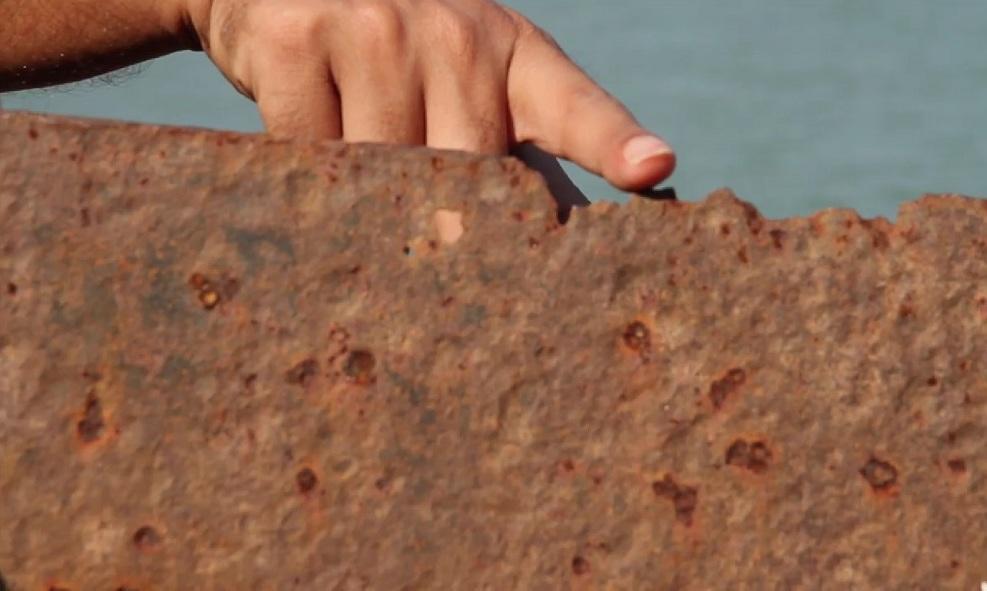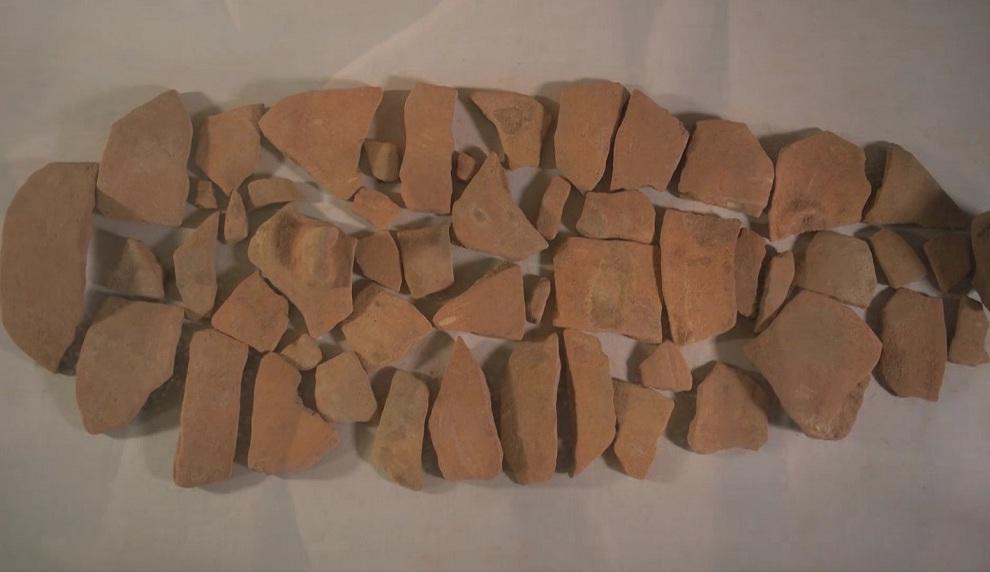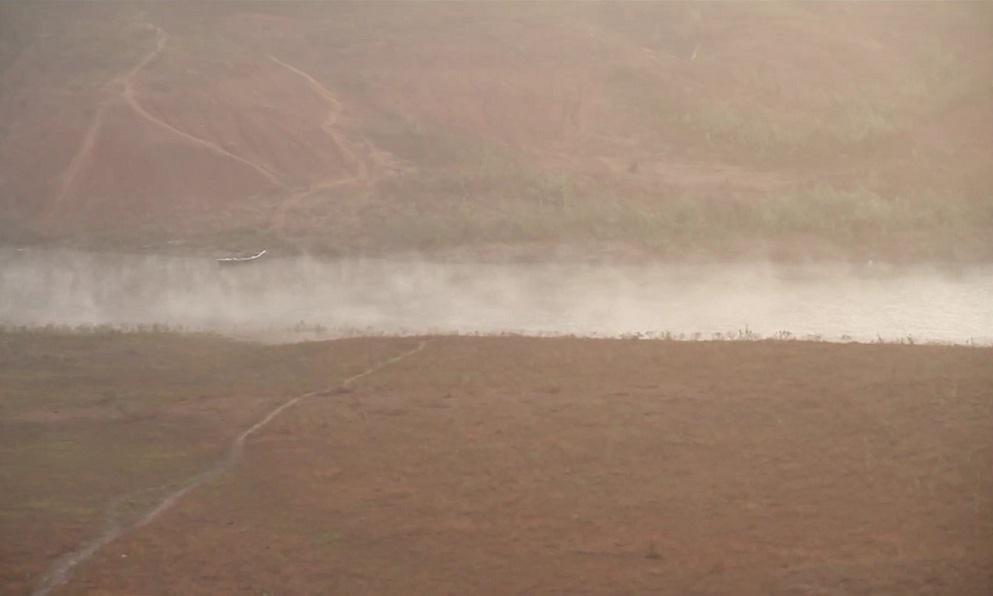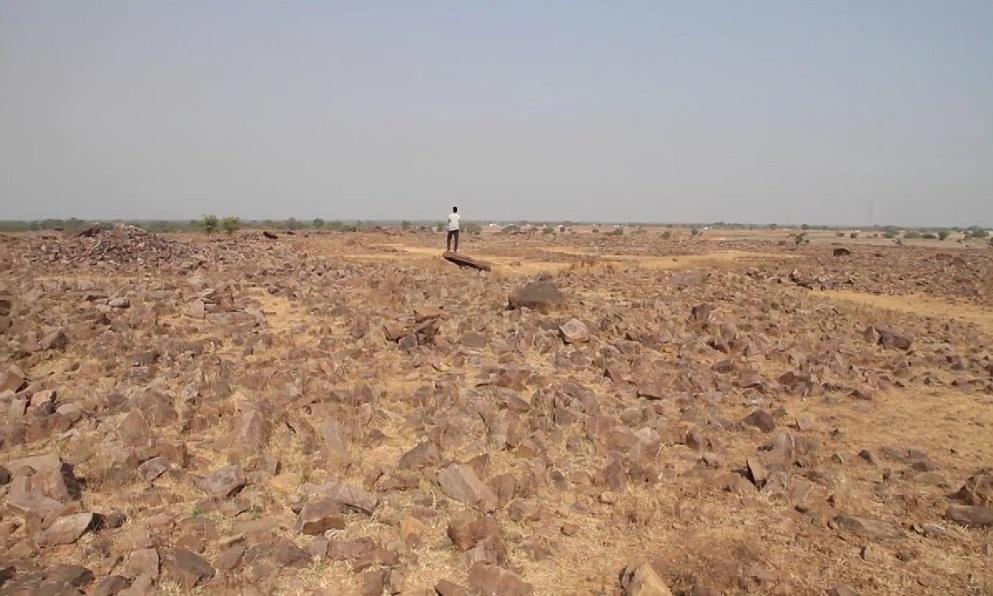Fear of the Fragment: On Vipin Vijay’s small-scale societies
Vipin Vijay’s video works and films, which he has been making since his graduation from the famed Satyajit Ray Film and Television Institute almost two decades ago, occupy one of the more curious filmographies in Indian cinema. Since his breakthrough works like Chitrasutram, Vijay has endeavoured to emphasise the continuum between Indian civilizational history and the latest, digital forms via which such large histories can be re-shaped, re-purposed and employed towards creating new meaning and responding to the political demands of the present. Technology is a mobile concept in his films, allowing viewers to view them as tools that help access hidden realms of knowledge, and also as a problematic mediatory agency that infuses such knowledge with aesthetic form. These ambivalences are re-invoked in his video work small-scale societies, which confronts the scale of civilizational narratives through the defiant partiality of fragments.

In the words of Vijay himself, the film serves as an “exploration of archaeological imagination”. Here, archaeology must be read expansively as a conceptual tool that exceeds its disciplinary demands; just as we are used to thinking of the “architectural imagination” as one that exceeds its technical reference to methods of construction in space. Both suggest a discomfort with the disciplines’ appropriation of a political imaginary (“-archy” denotes a type of rule or governmentality) that they seek to interrupt with a more fluid field of play. Alternatively, calling it an “anarcheological exercise” more accurately describes the impulse of Vijay’s film than a straightforward “archaeological imagination”.
We see how categorical habits of knowledge-formation are abandoned in favour of the search towards finding new affective zones, where the science of archaeology meets the chaotic and culturally embarrassing practice of touching precious objects or marking them with personal, intimate signatures. The objects are not annotated and re-introduced neatly within the pre-existing narratives of mainstream history; instead, they are probed for their sensual properties and ejected from their familiar contexts of use or aesthetic value. The list of sites that Vijay used to film his video appear only at the end, letting us know that they included some of the most famous archaeological digs in India—from the Indus Valley remains to volcanic ash deposits in Jwalapuram (Andhra Pradesh), the Megalithic burial grounds in Thrissur (Kerala) and Karkabhat (Chhattisgarh)—along with several other oneiric caves and rock shelters littered across Chhattisgarh (Karmagarh, Ongna, Kutumsar). In the hands of Vijay’s twin performers, the objects recovered from these sites become totems of a more creative, communally generative future which is linked only formally to our past.

Vijay’s camera rarely shows us whole objects; even a recovered skull is presented uncannily, striated with hairline cracks. In the South Asian subcontinent, the fragment is a political concept that informs our idea of wholeness as nation-states, at least since the partition of 1947. A year before the Babri Masjid demolition in 1992, Gyanendra Pandey wrote: “The ‘fragments’ of Indian society—the smaller religious and caste communities, tribal sections, industrial workers, unemployed slum dwellers, activist women's groups, all of which might be said to represent ‘minority’ cultures and practices—have been expected to fall in line with the ‘mainstream’ (Brahmanical Hindu, consumerist) national culture. This ‘mainstream,’ which represents in fact a small section of the society, has indeed been flaunted as the national culture…. Part of the importance of the ‘fragmentary’ point of view lies in that it resists the drive for a shallow homogenization and struggles for other, potentially richer definitions of the ‘nation’ and the future political community.”
The fear of fragments shapes global politics once again, and small-scale societies reminds us about the need to treat fragments with both care and creative abandon.

The film was originally commissioned by the artist and curator Riyas Komu for the Serendipity Arts Festival in Goa, and went on to win a Special Jury Award at the 67th National Film Awards in the non-feature film category.

All images from small-scale societies by Vipin Vijay. 2019.





